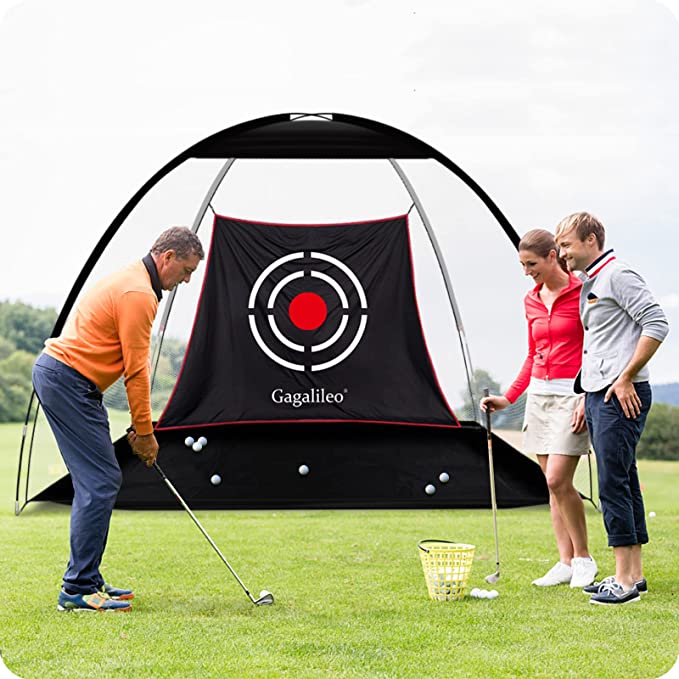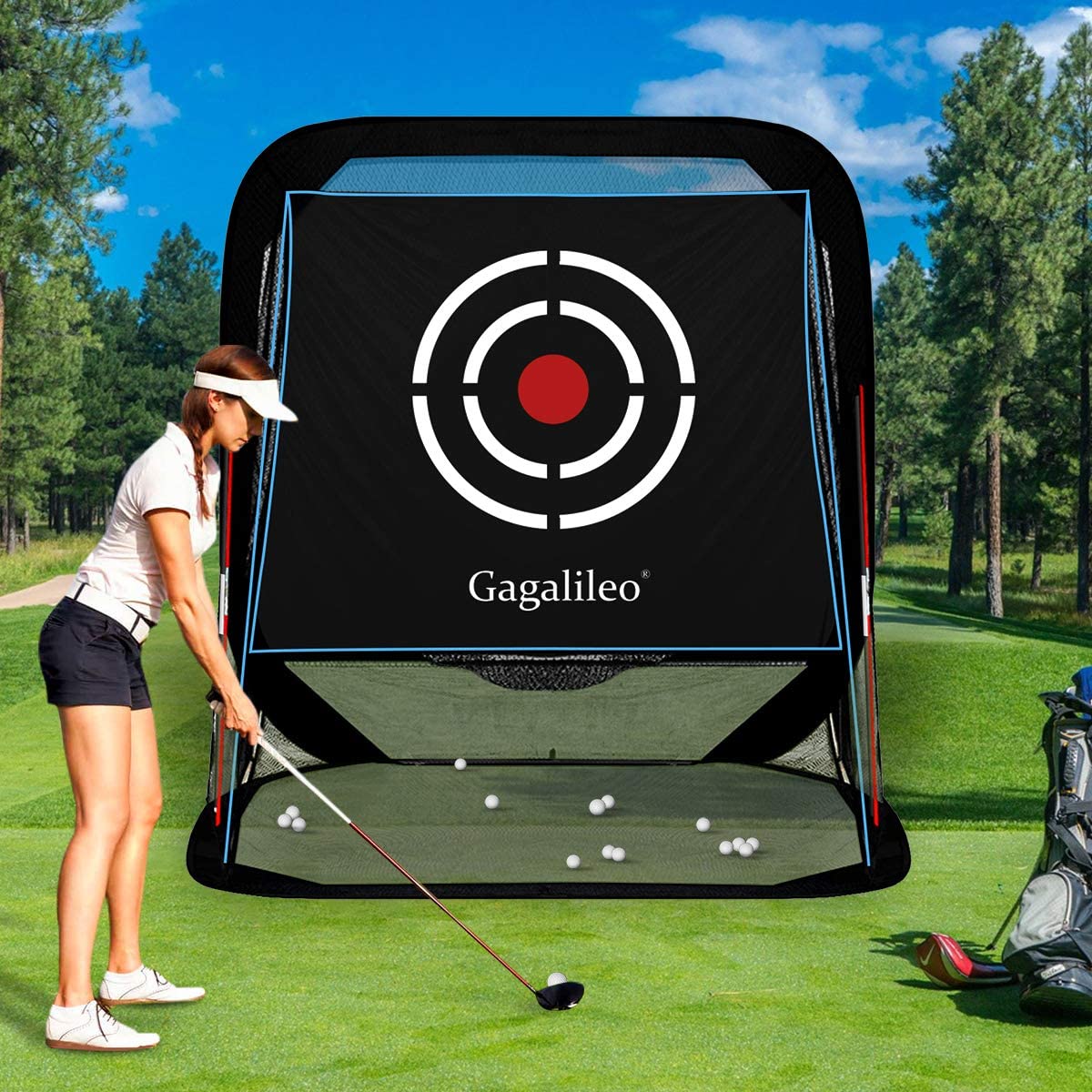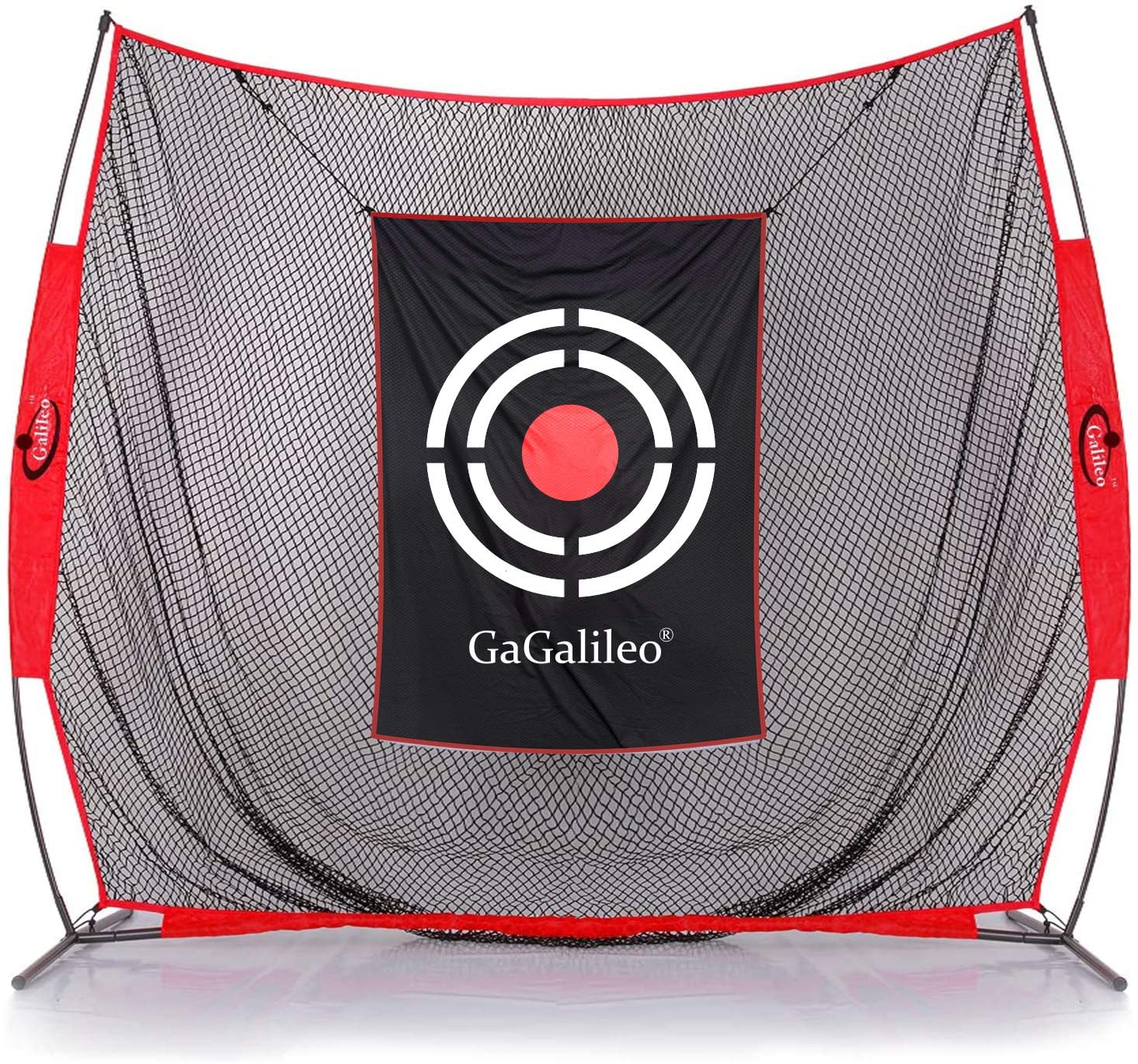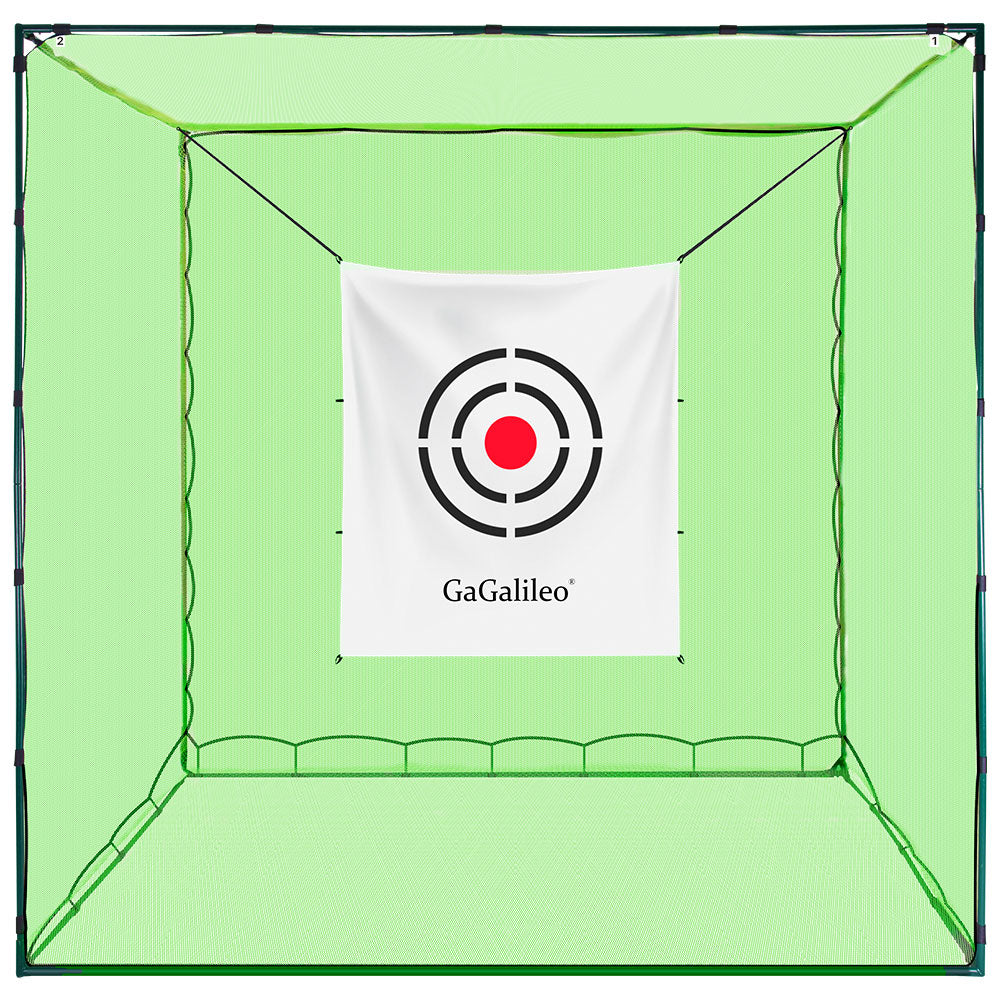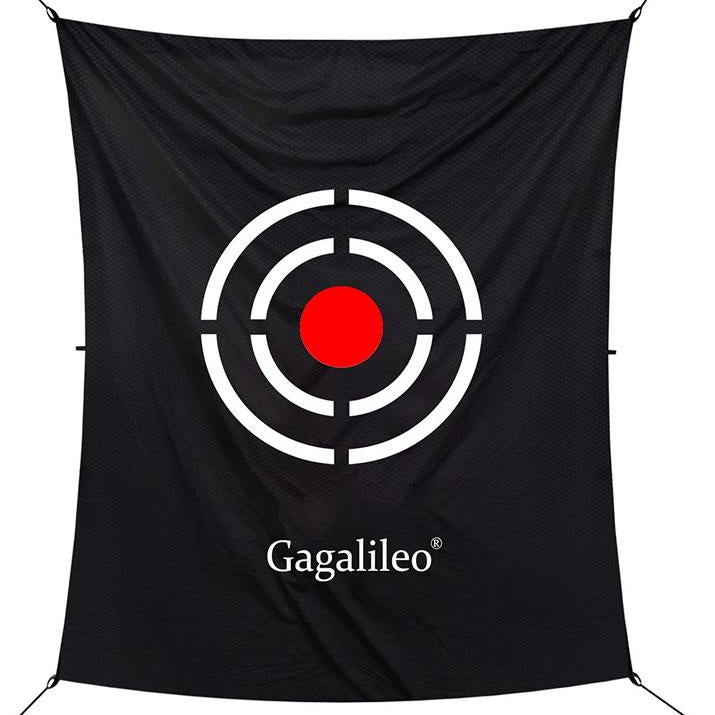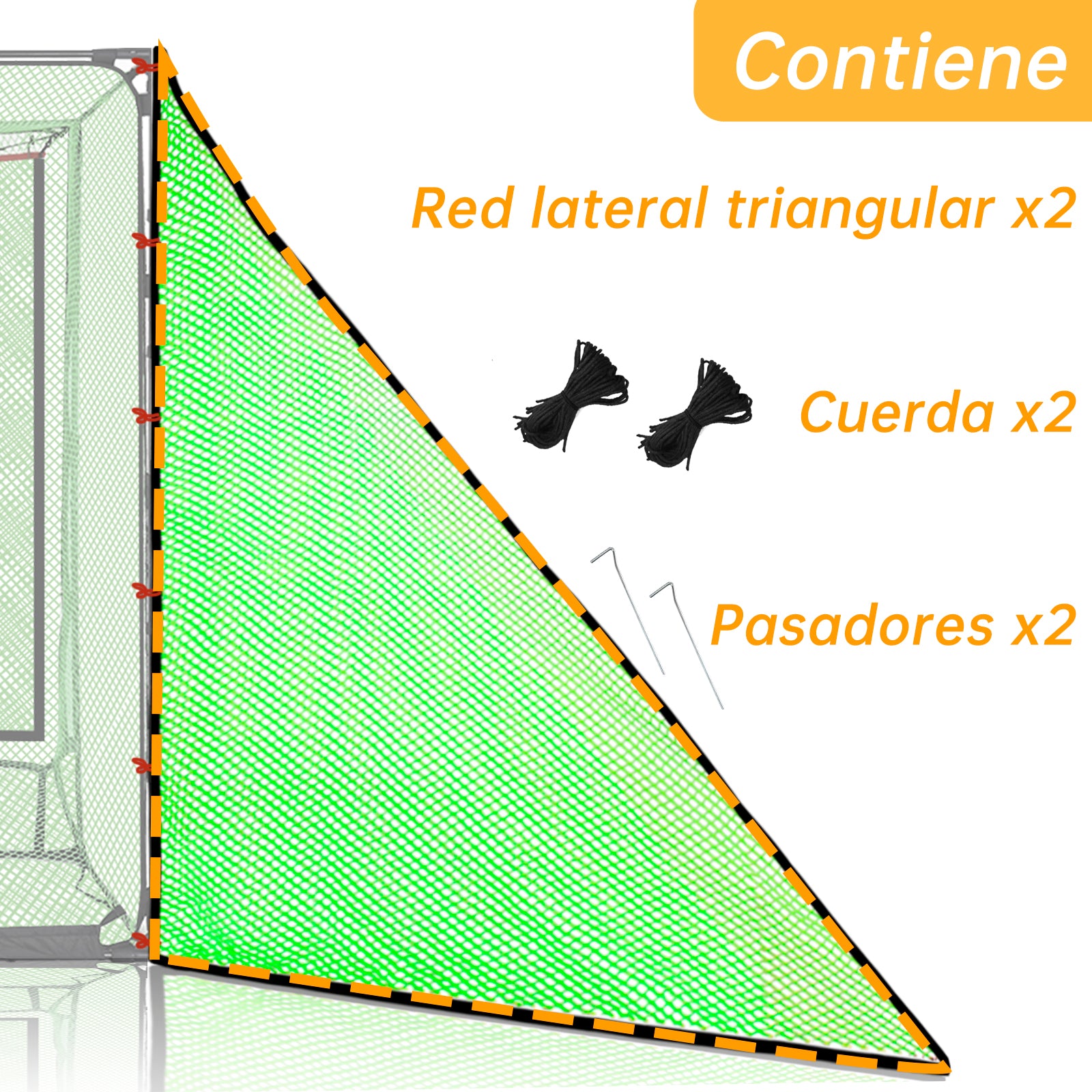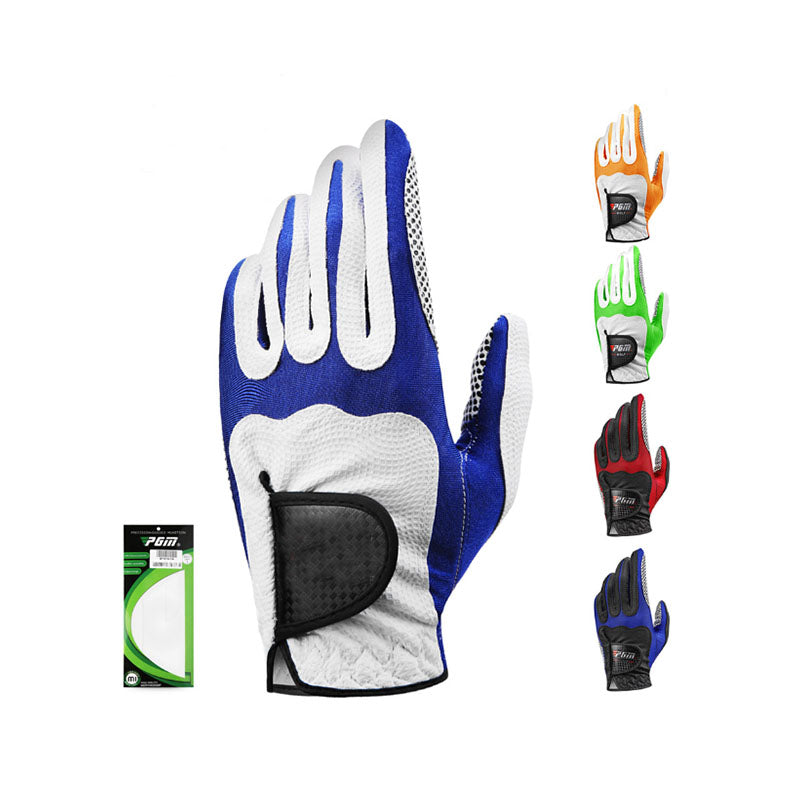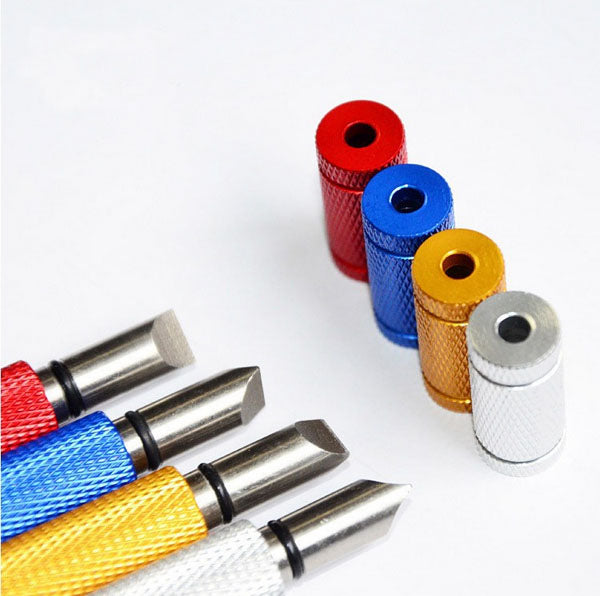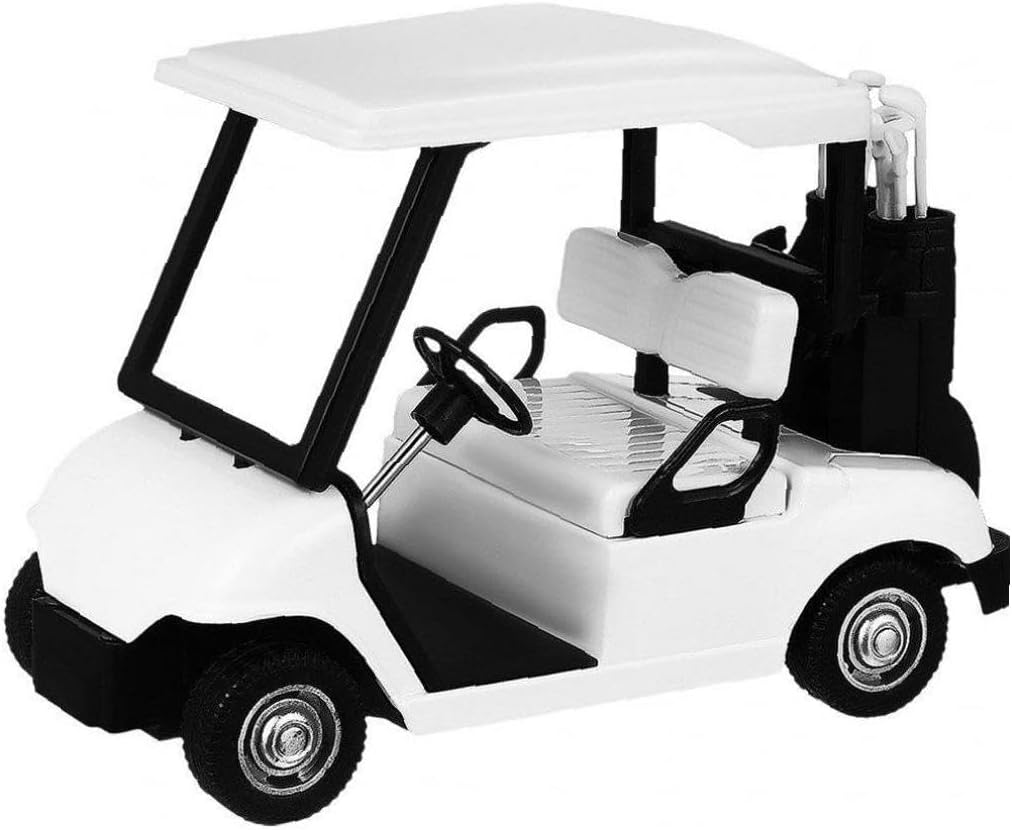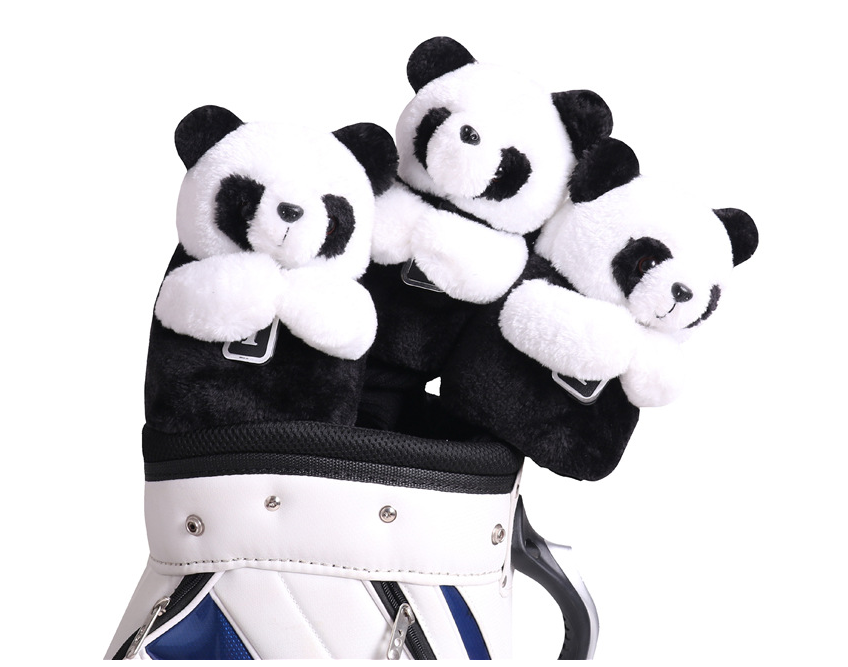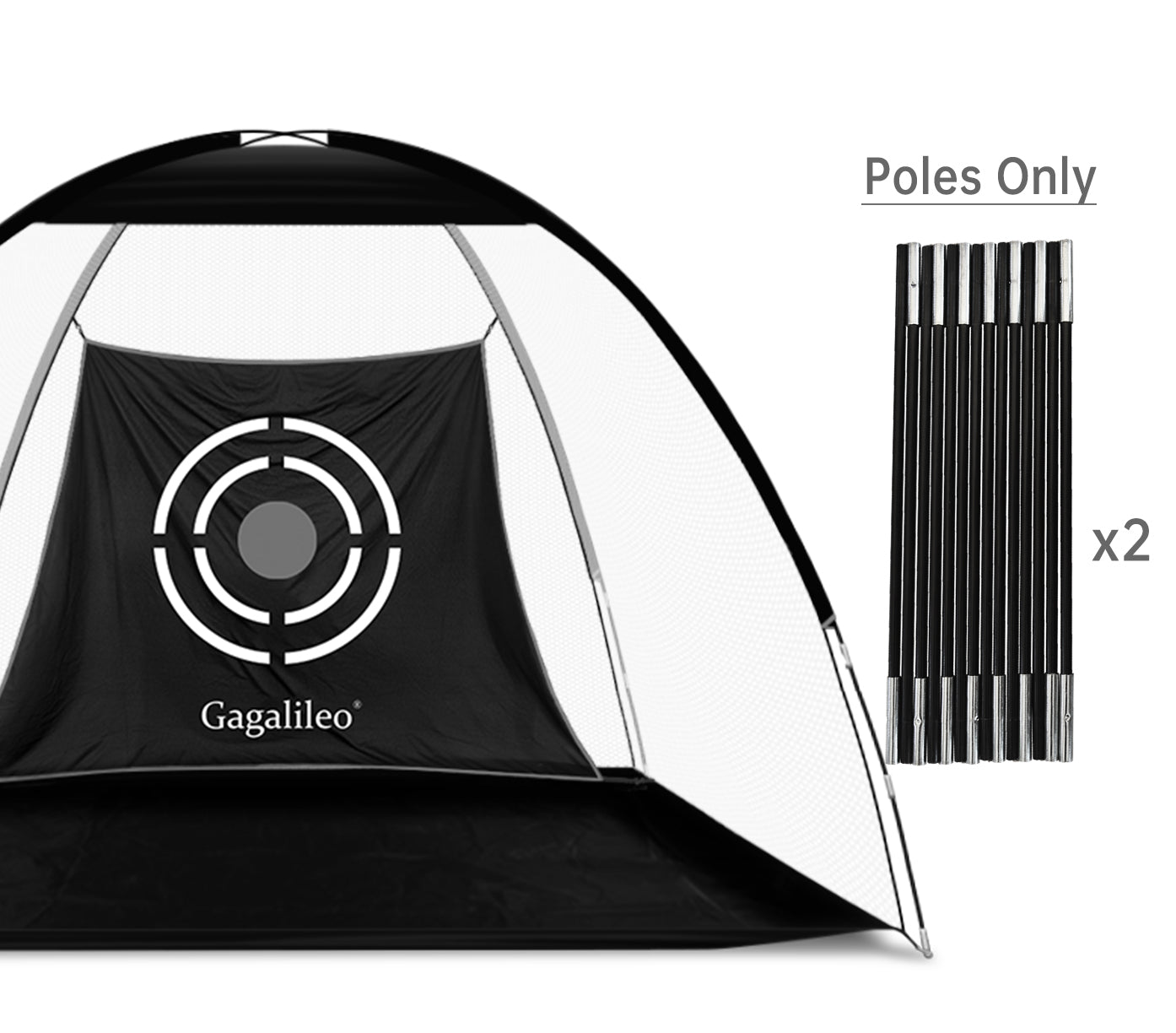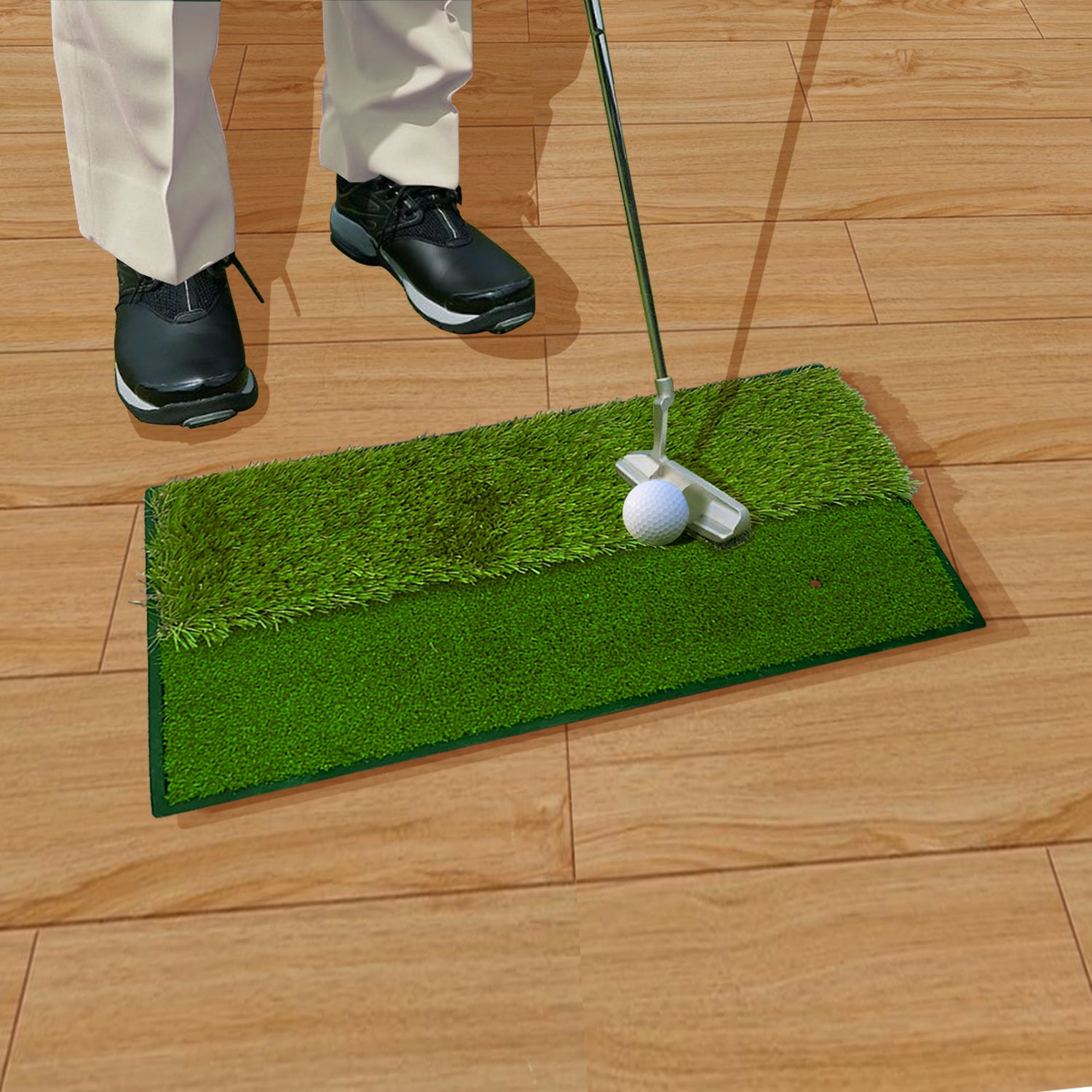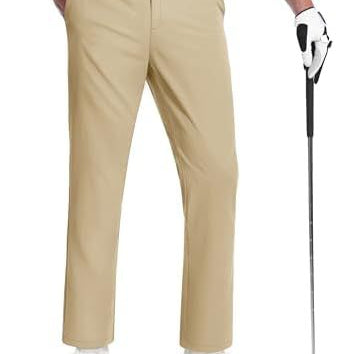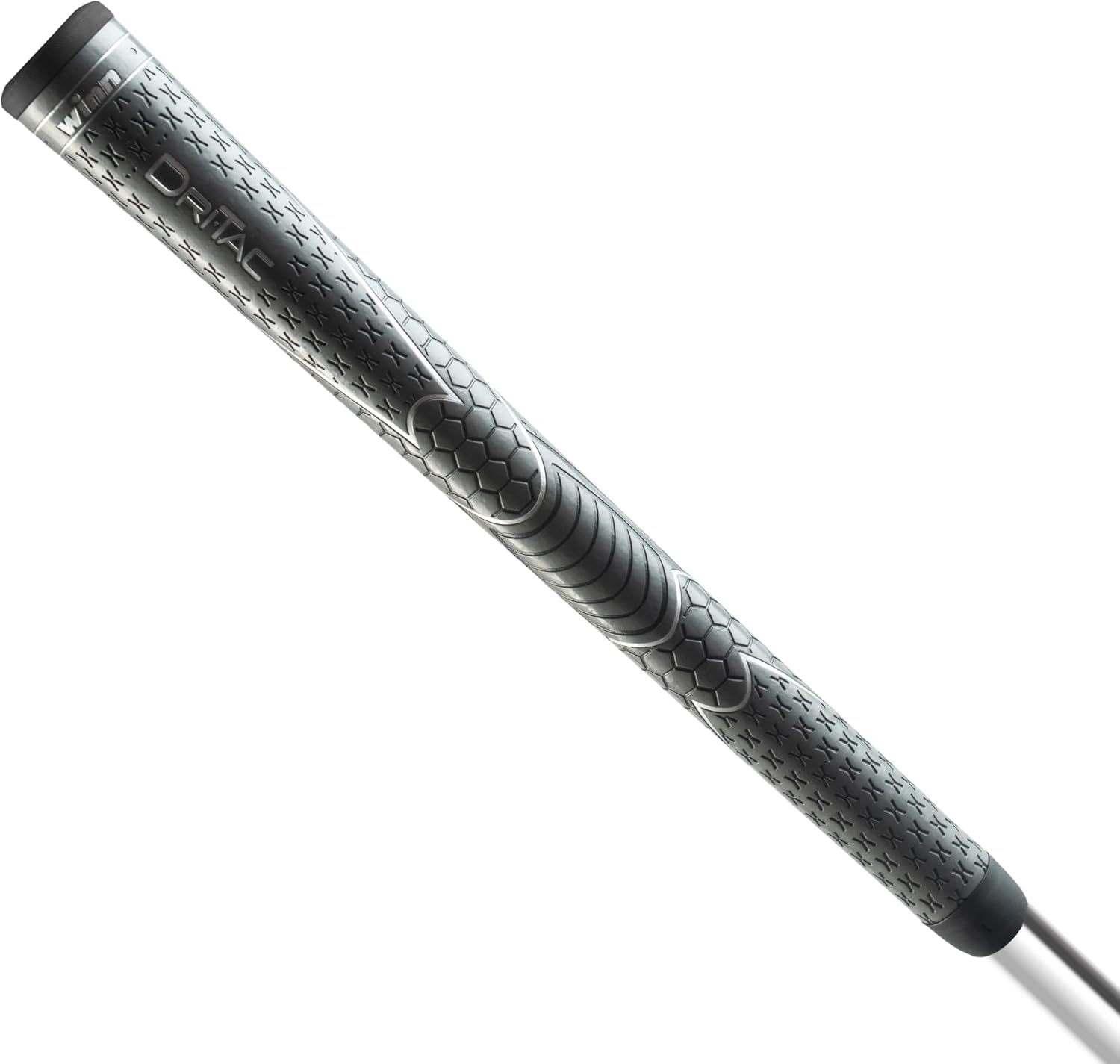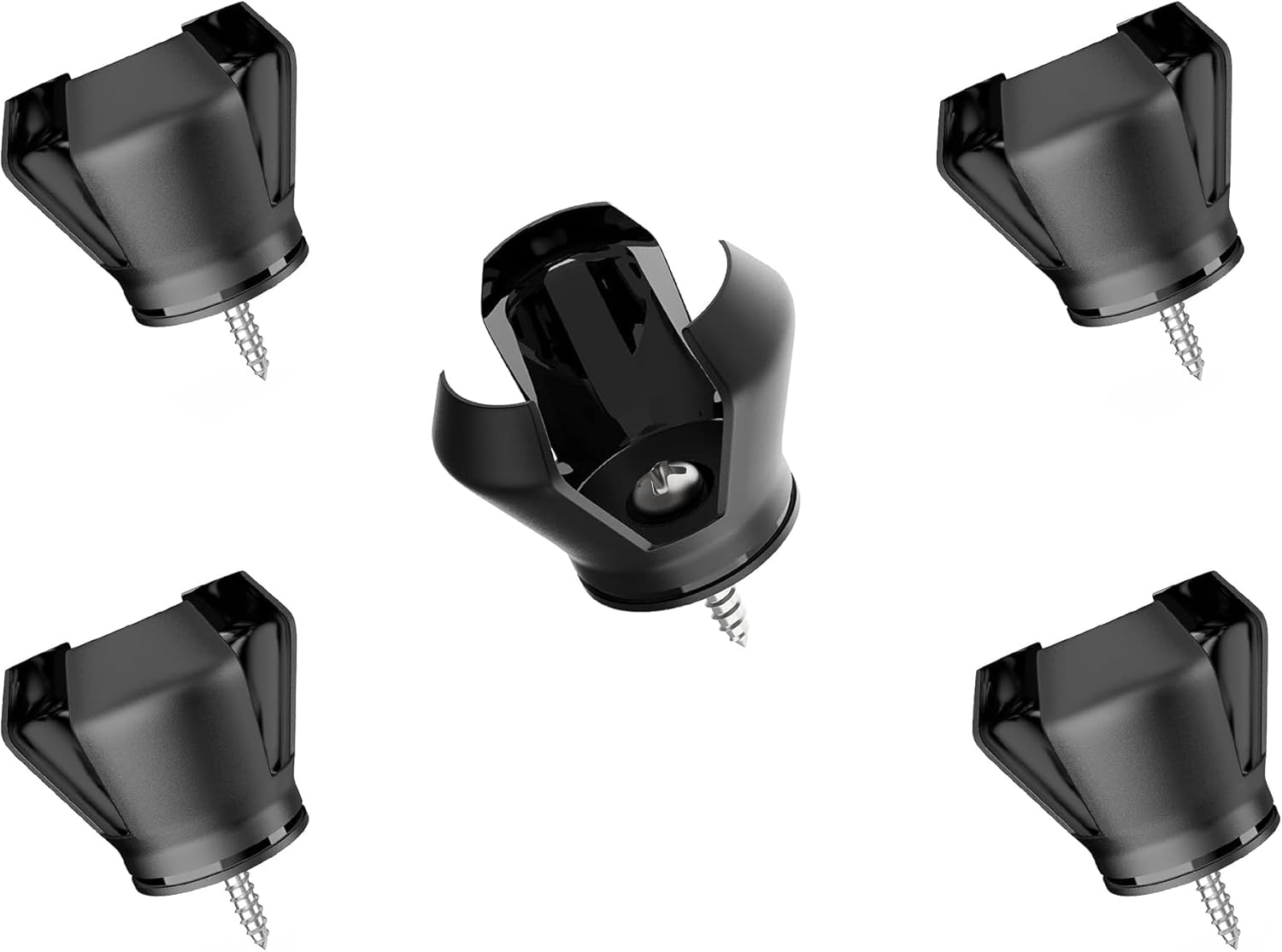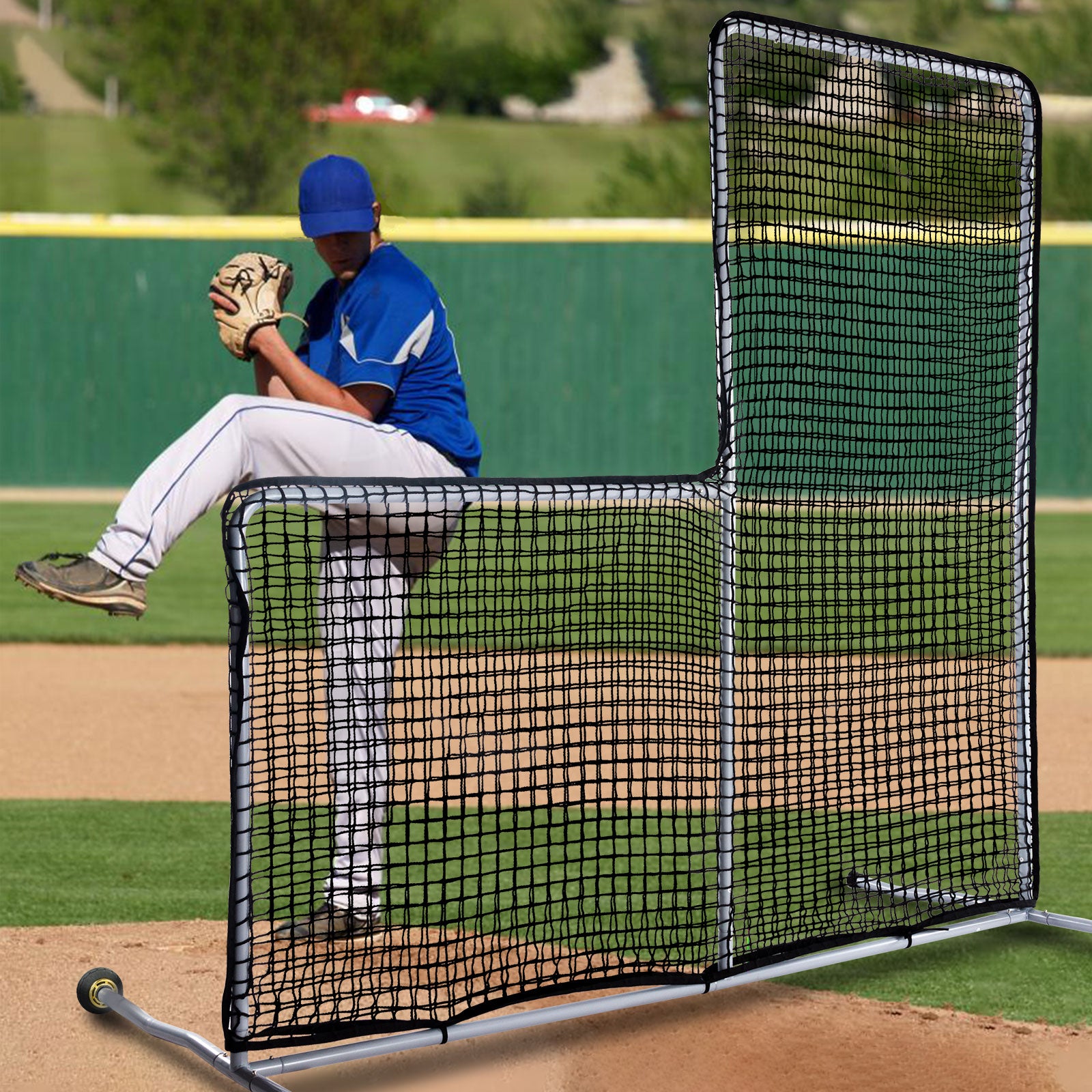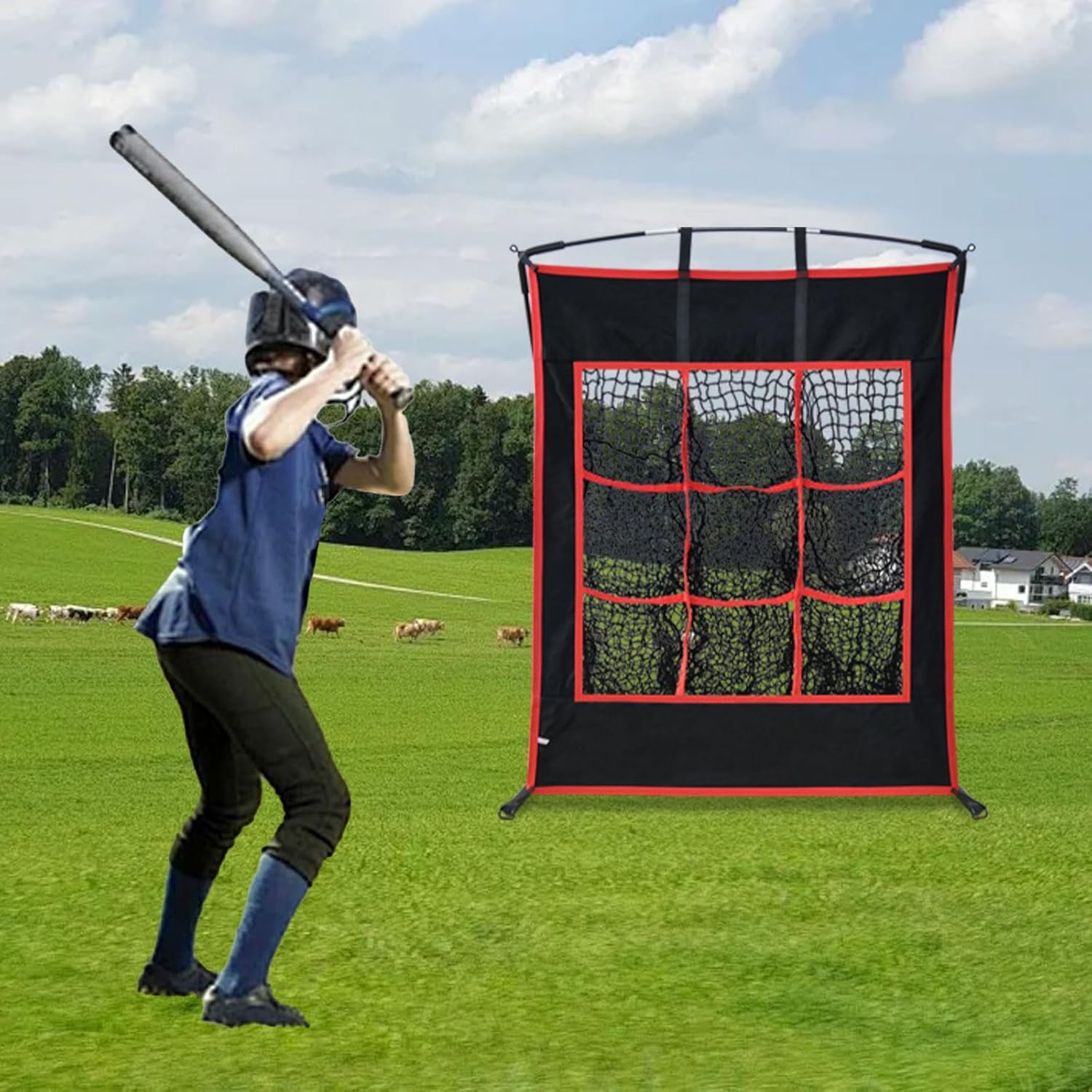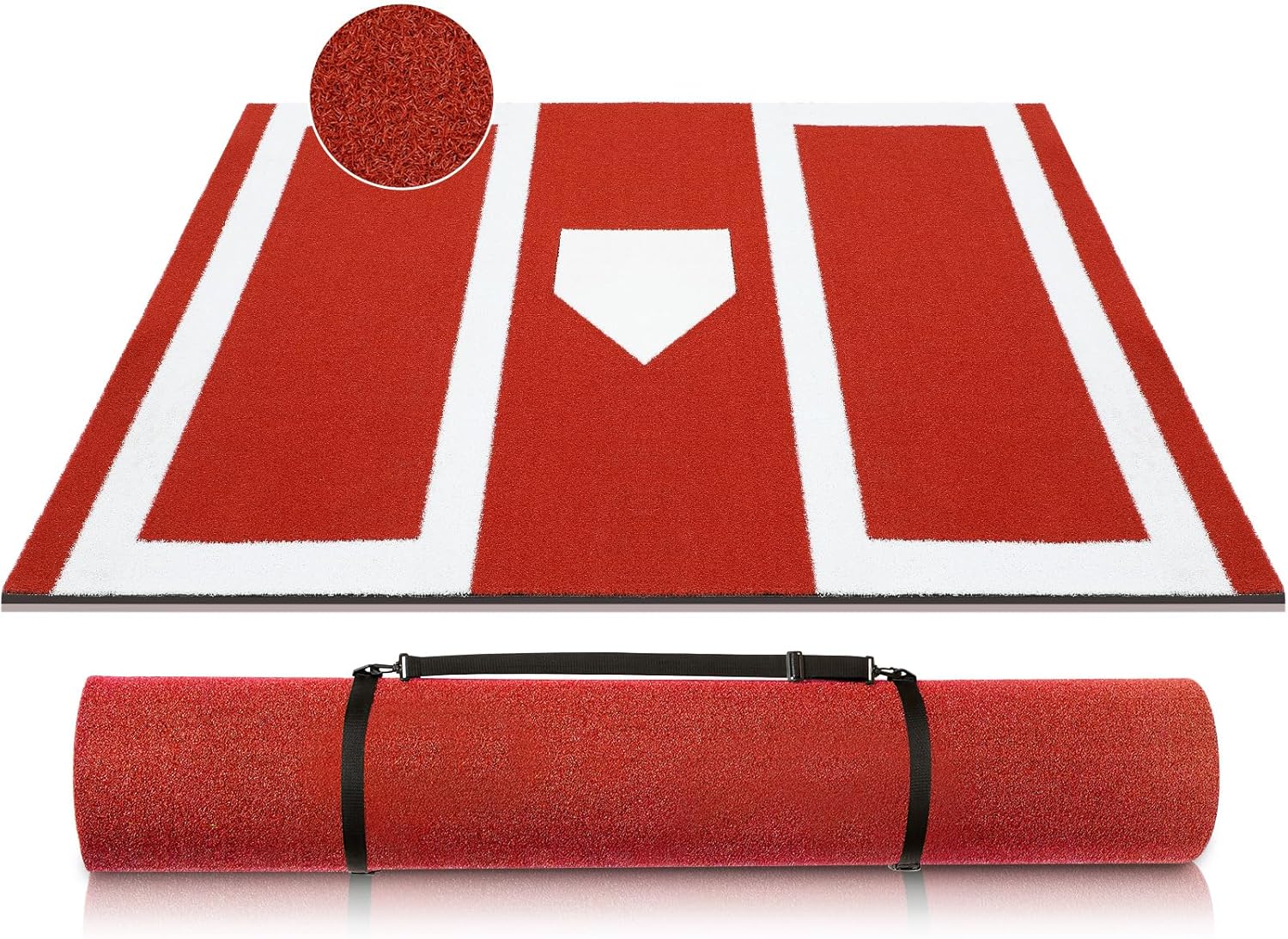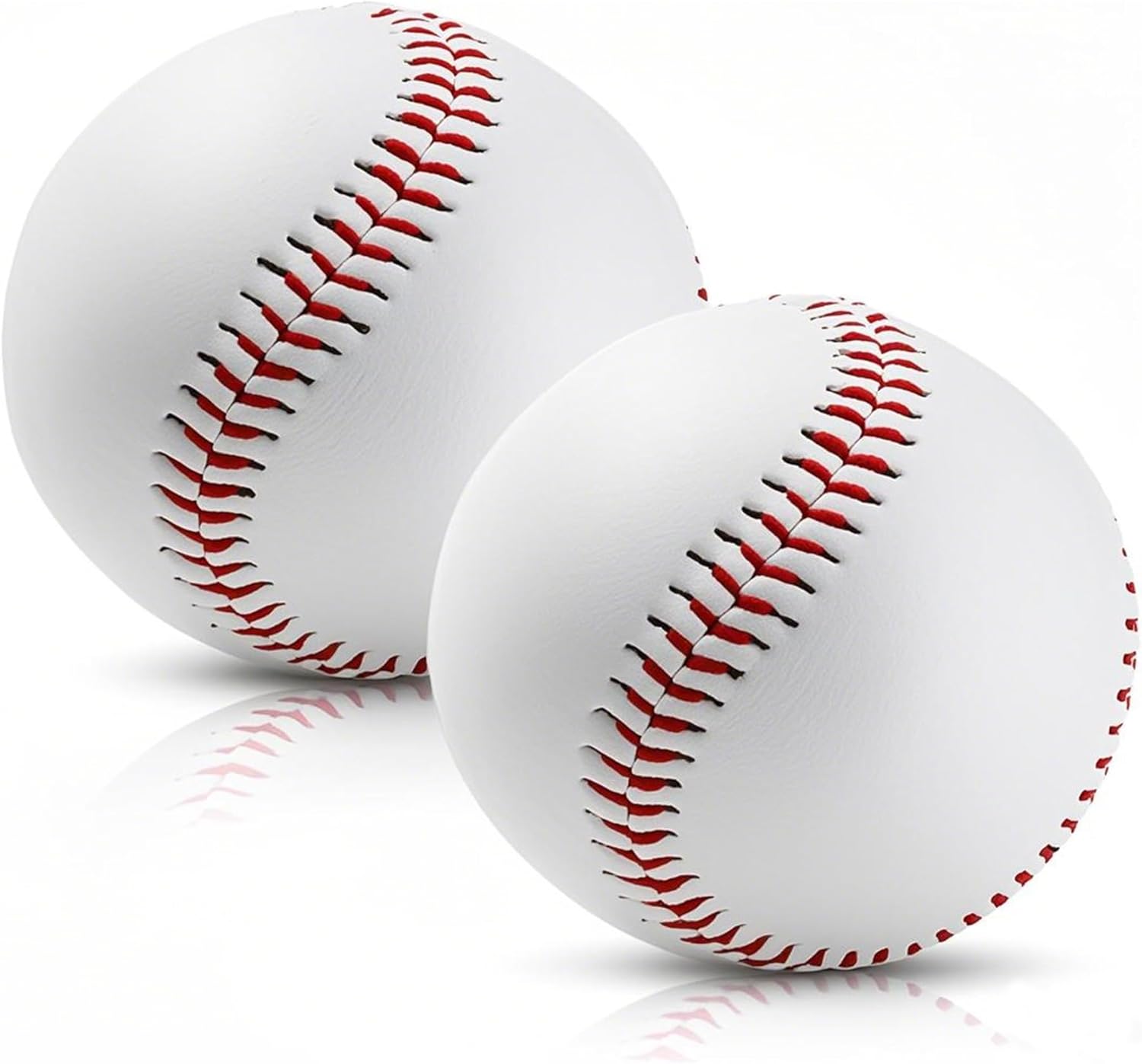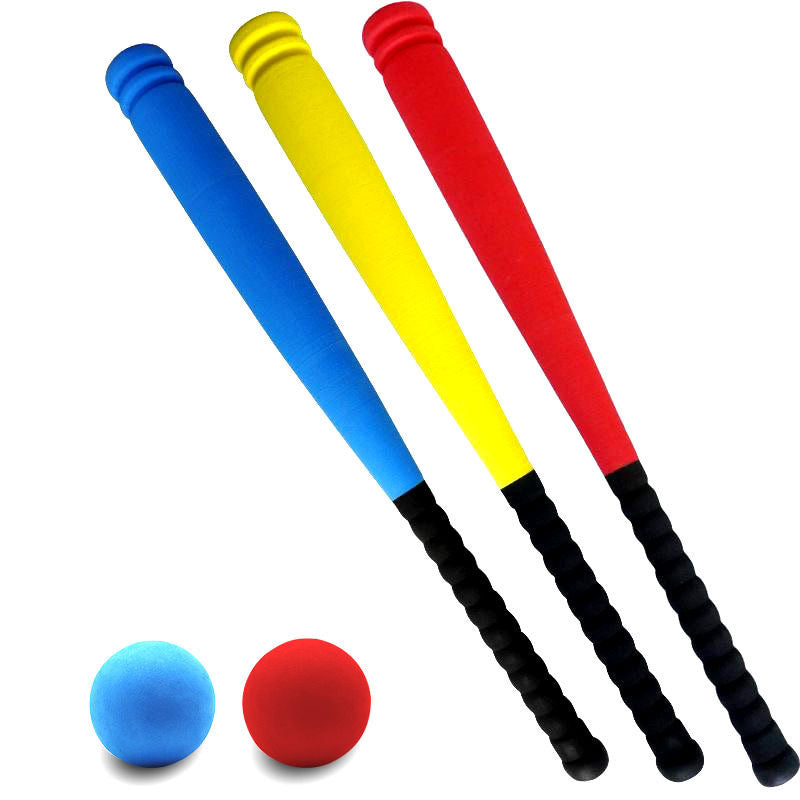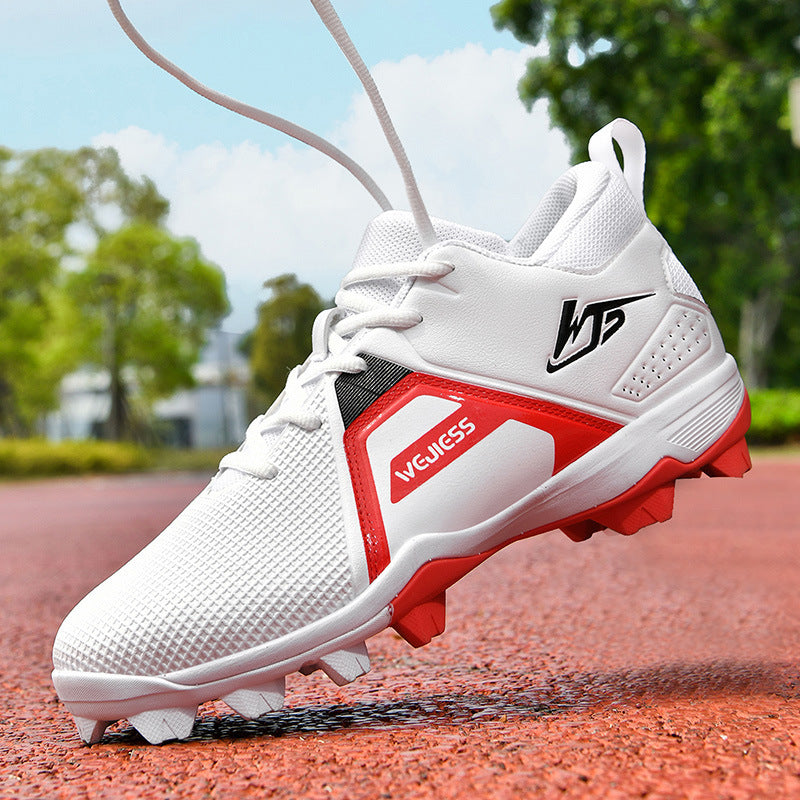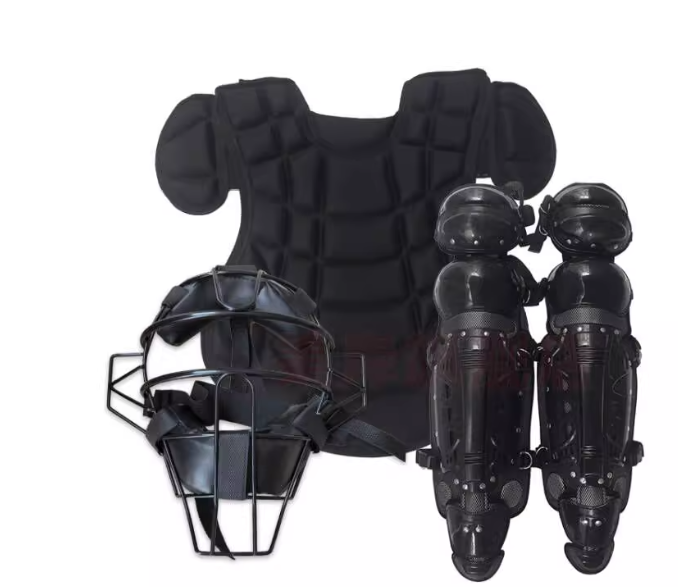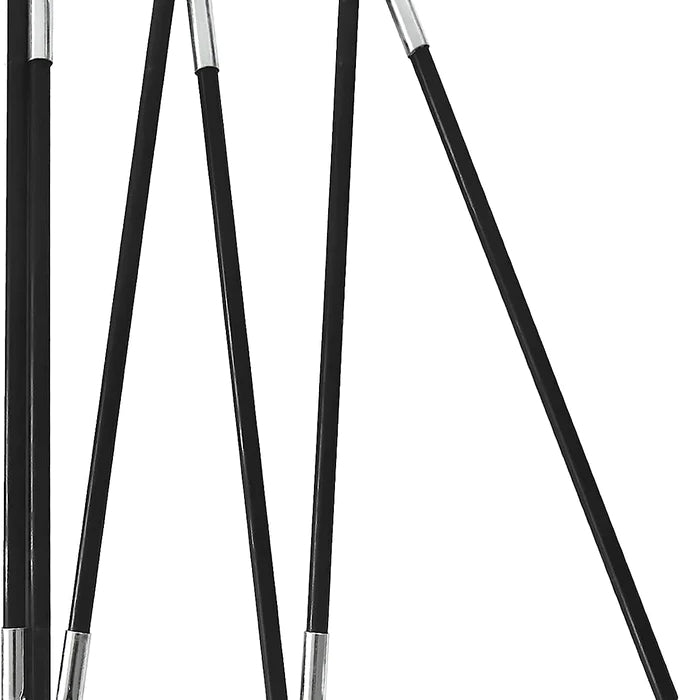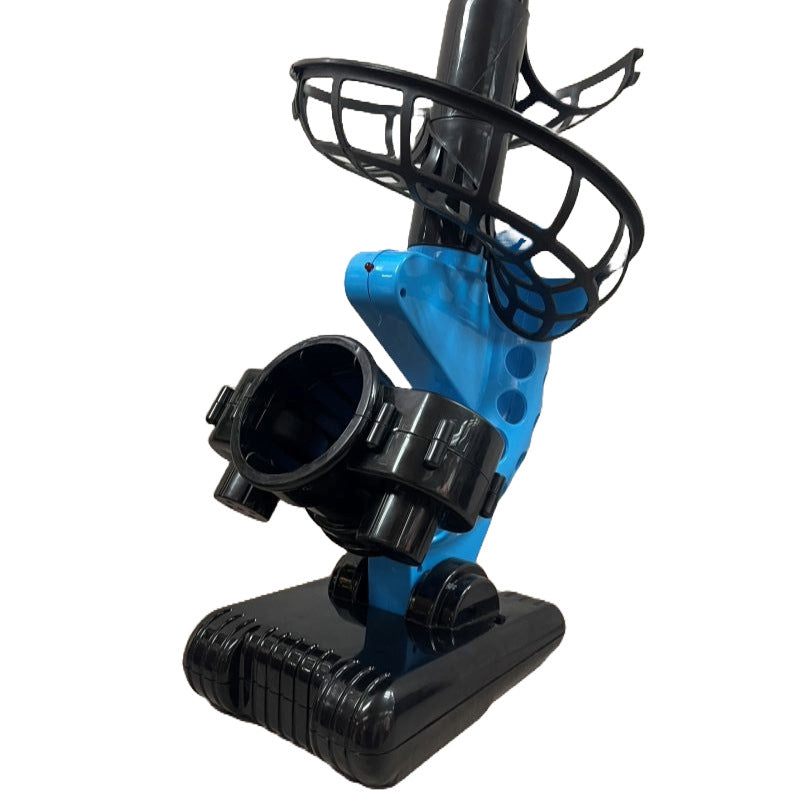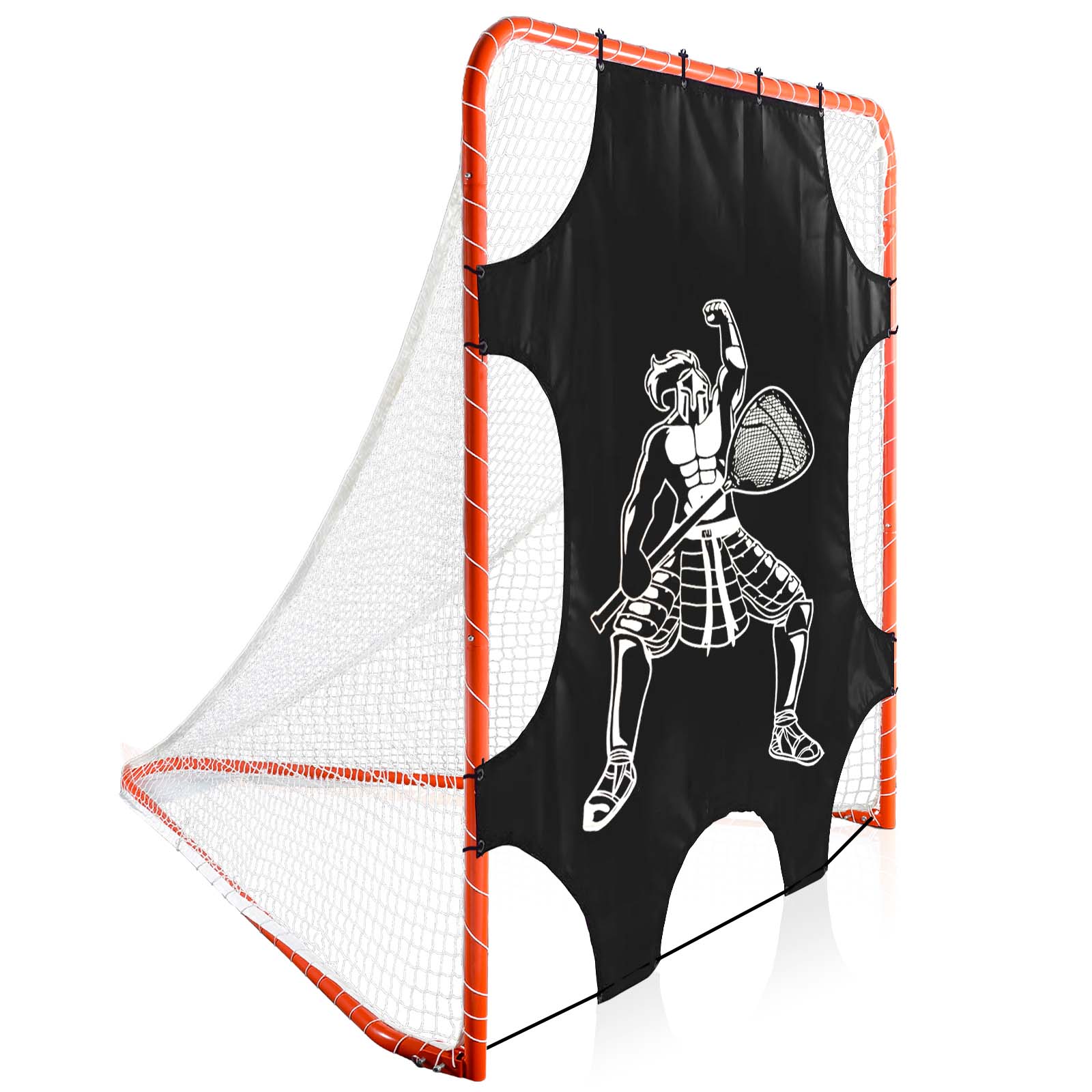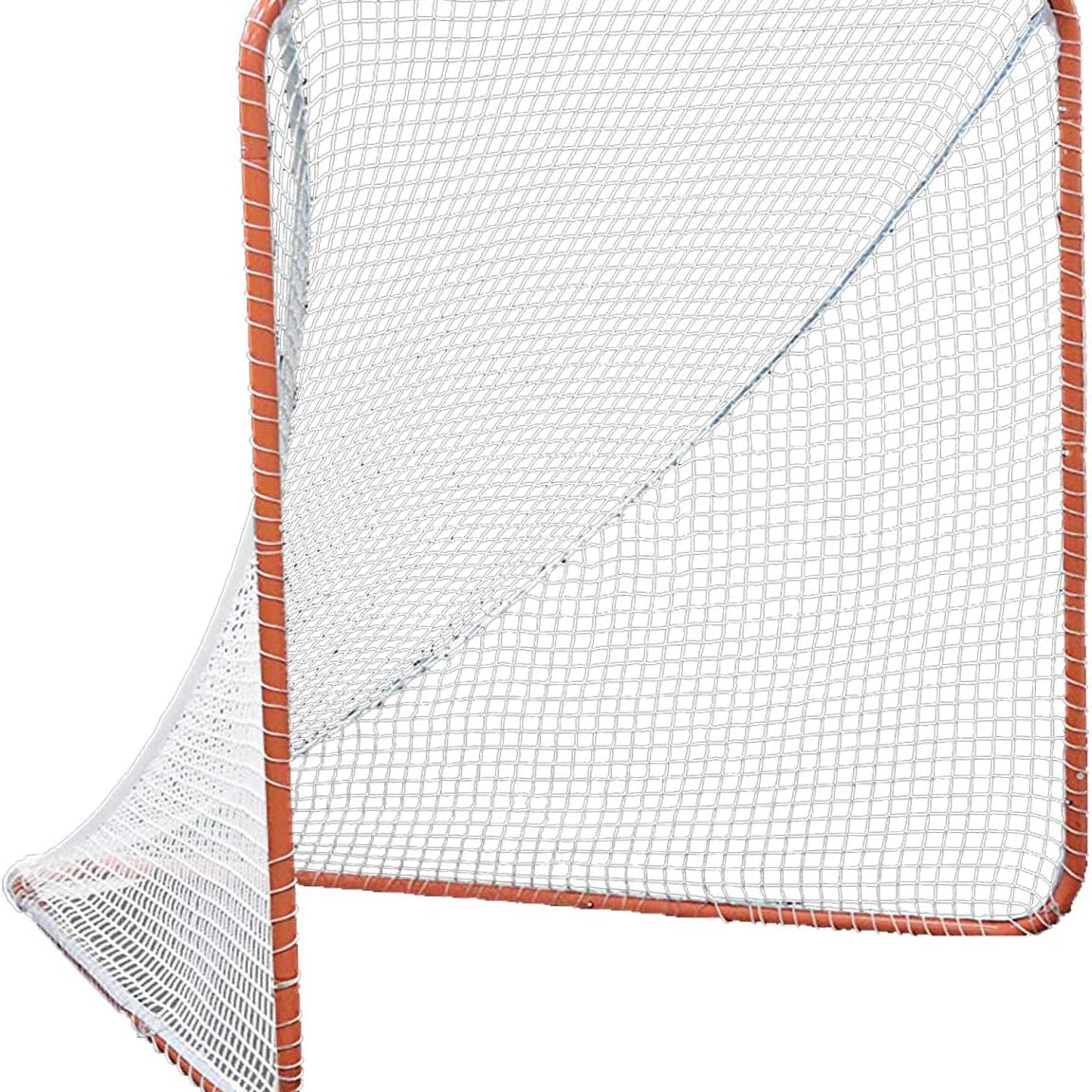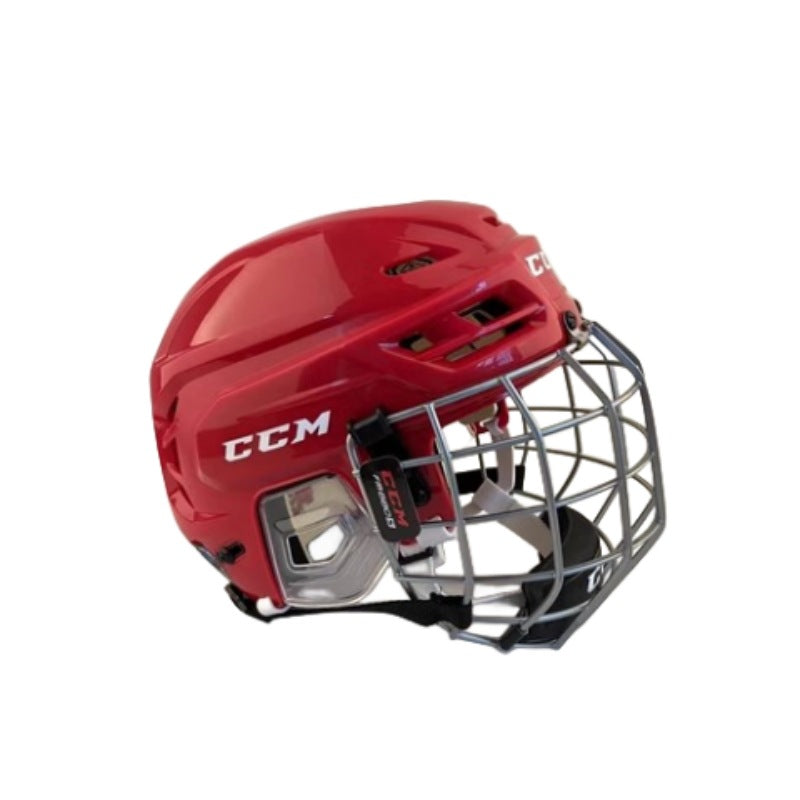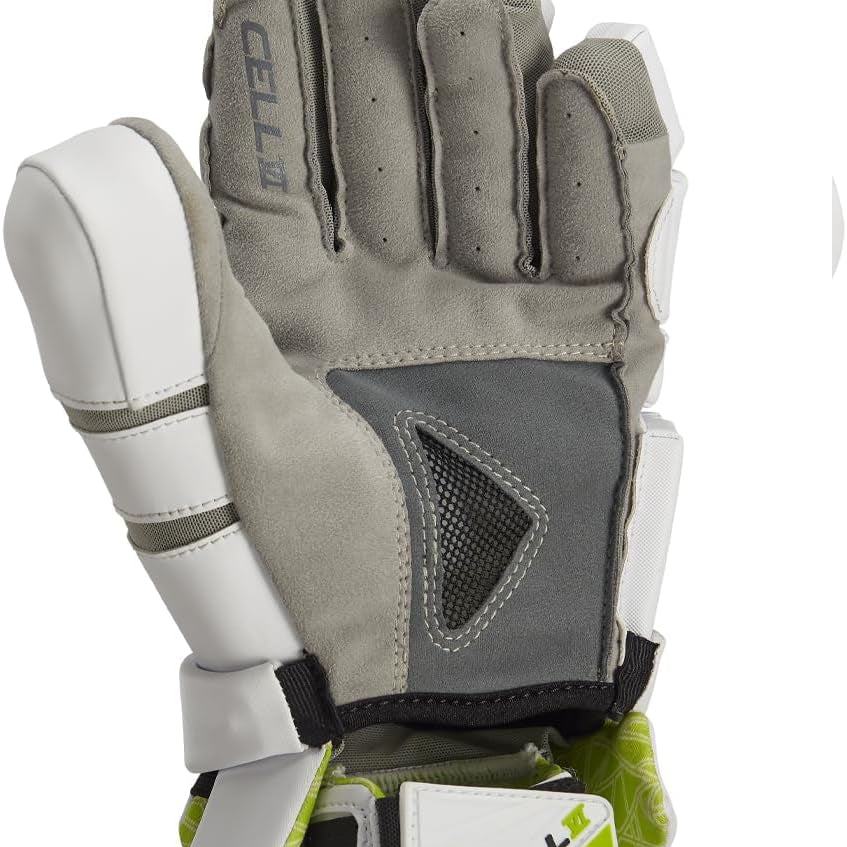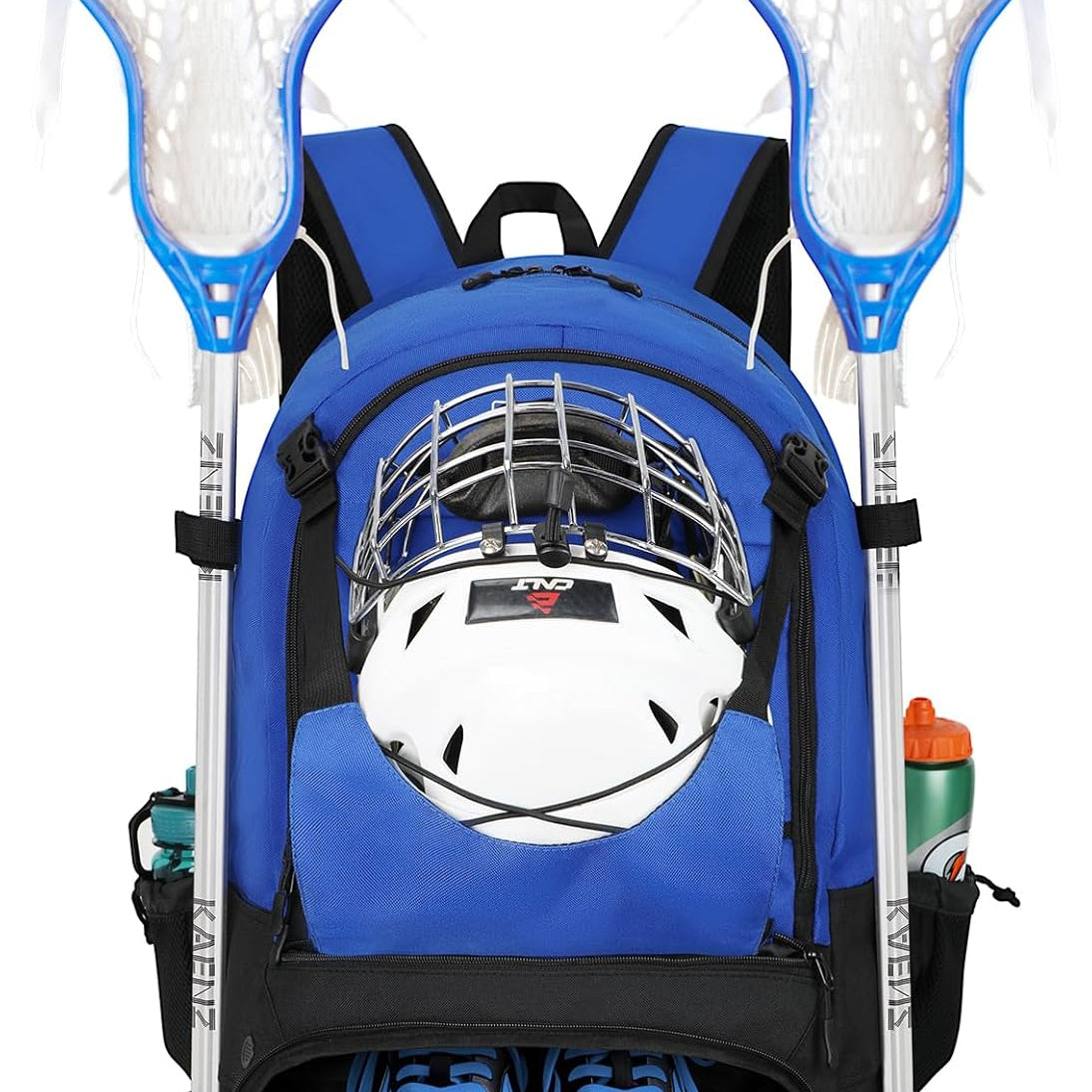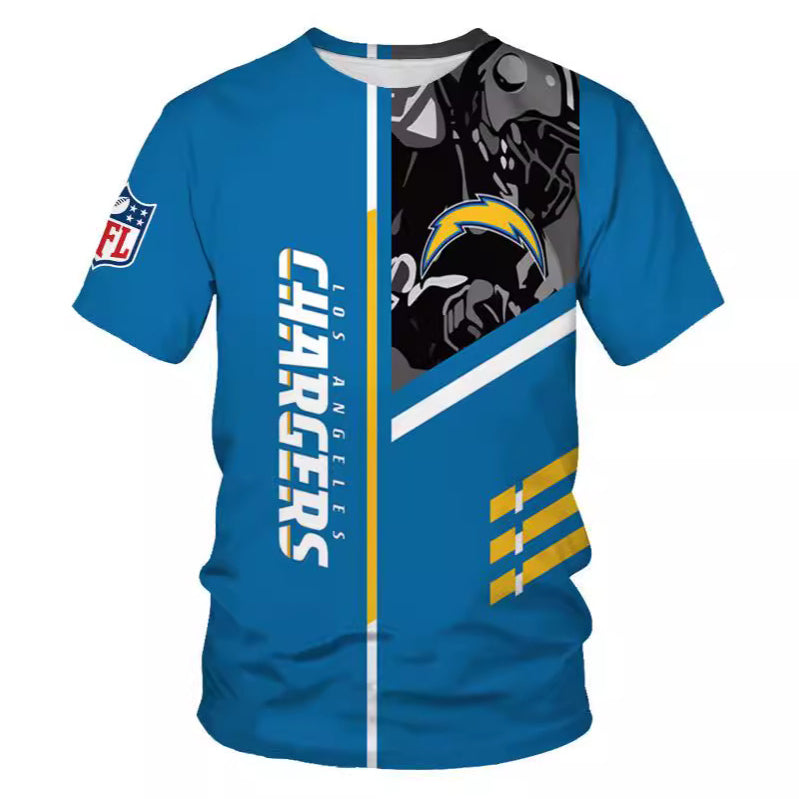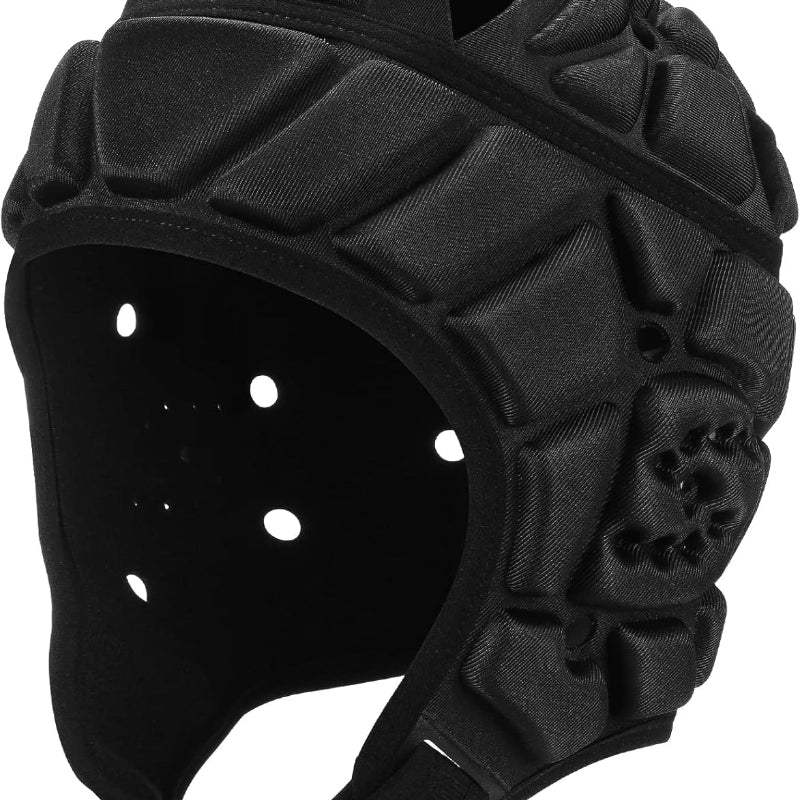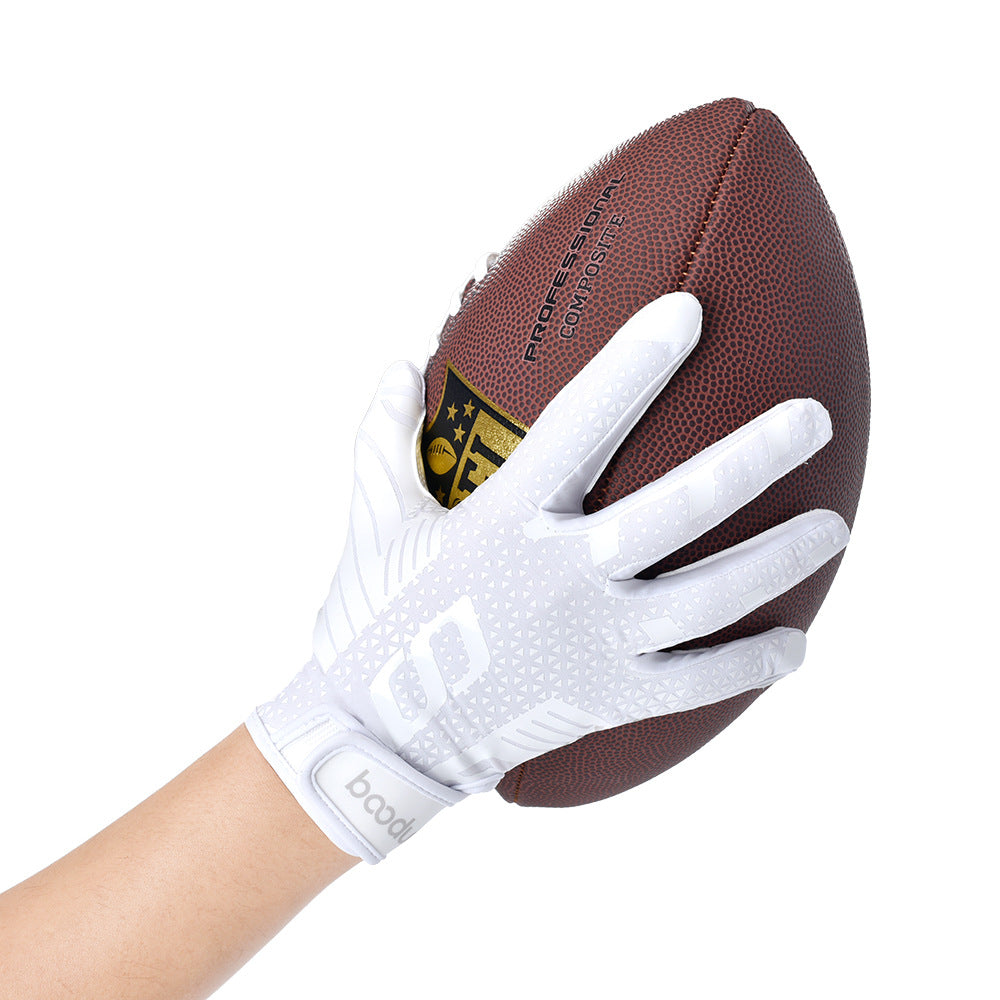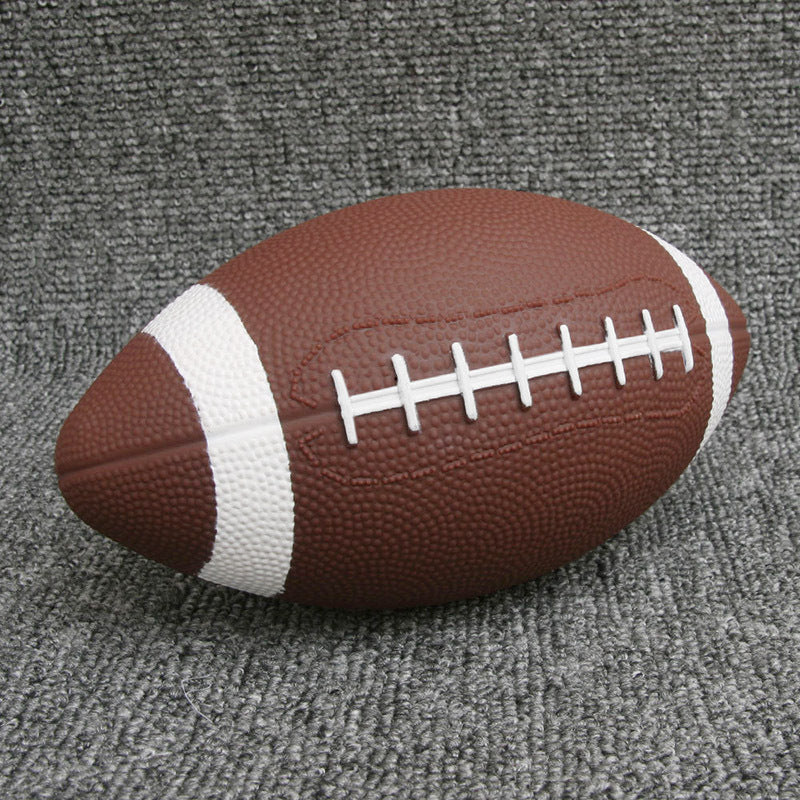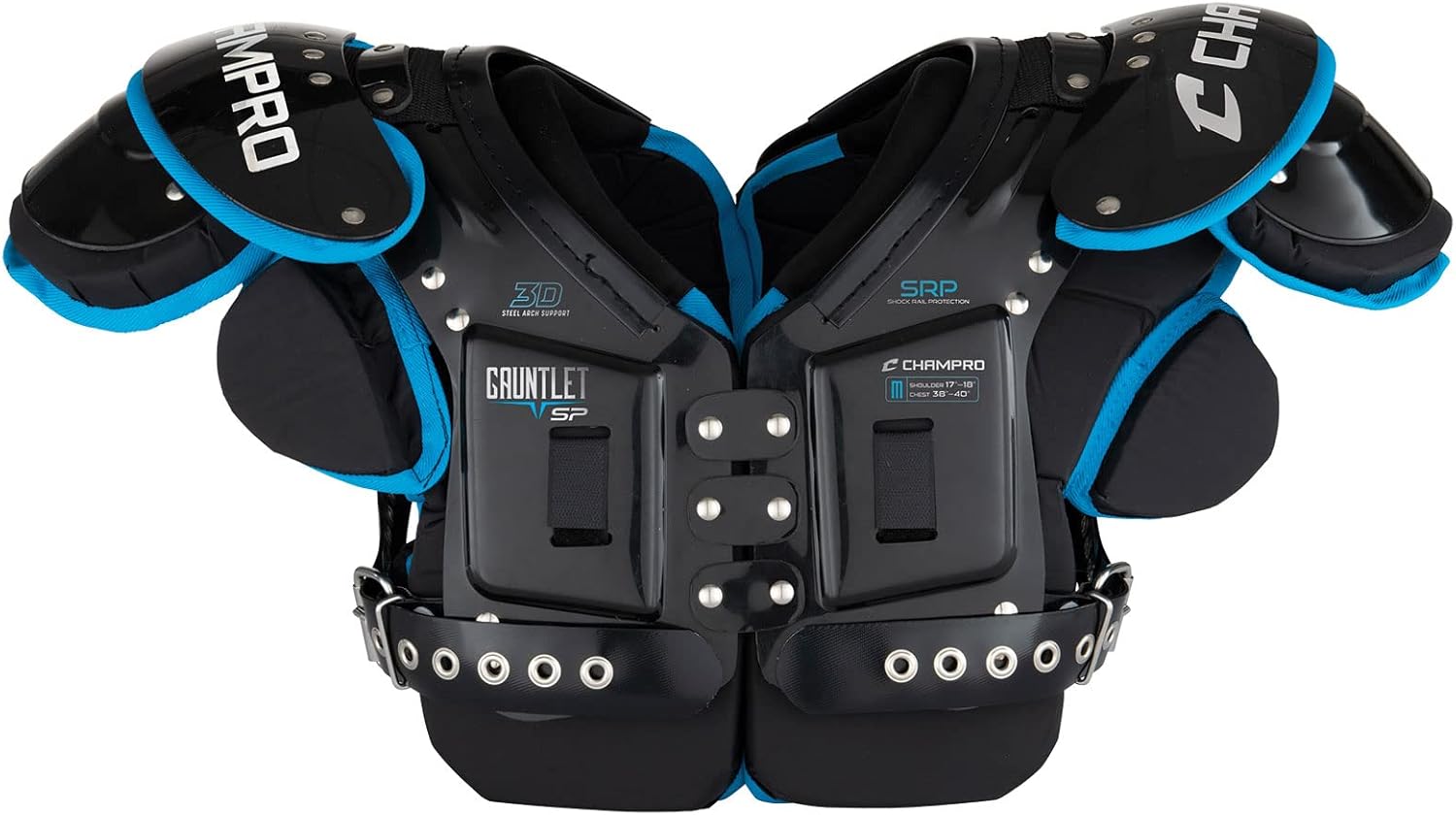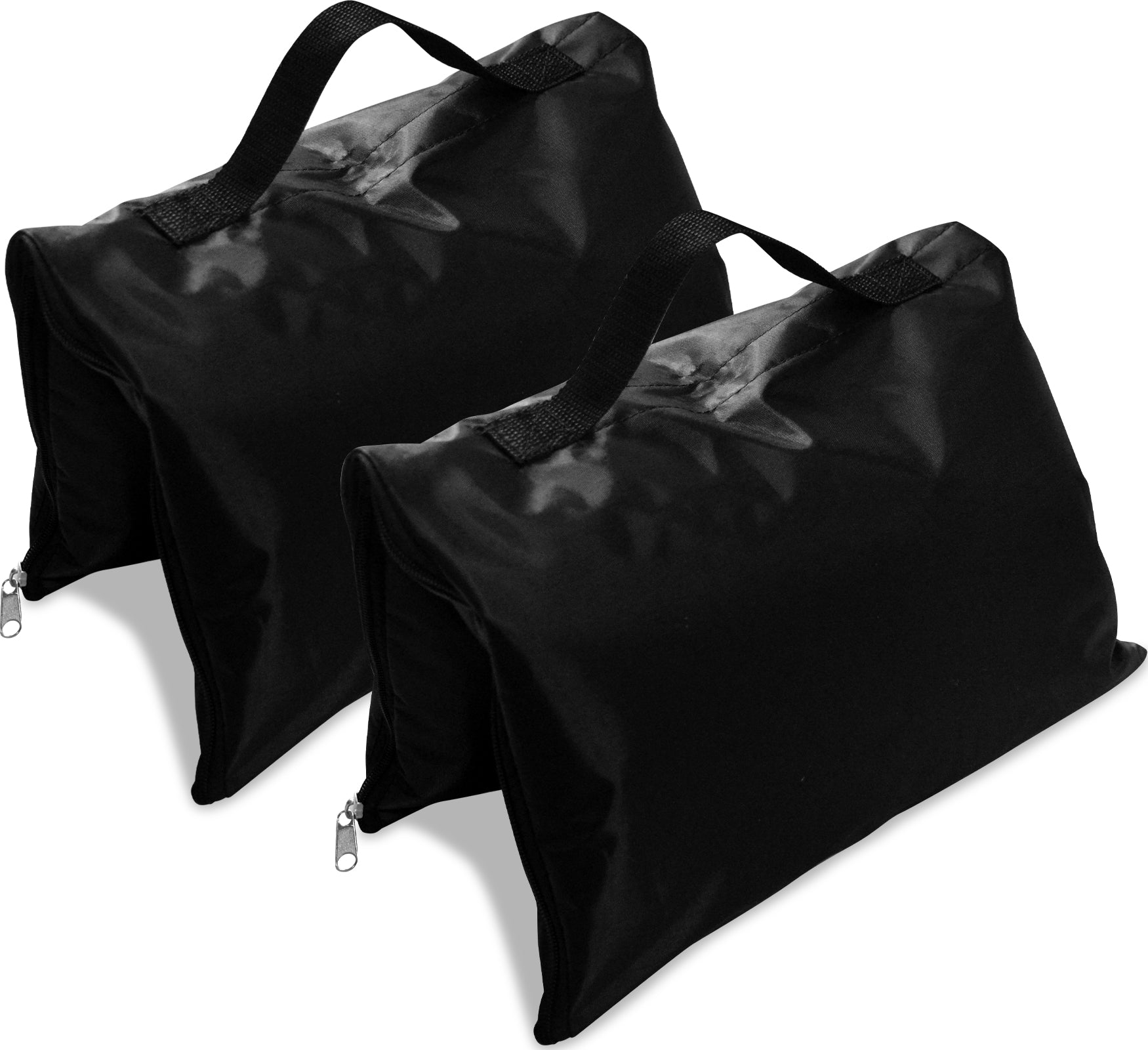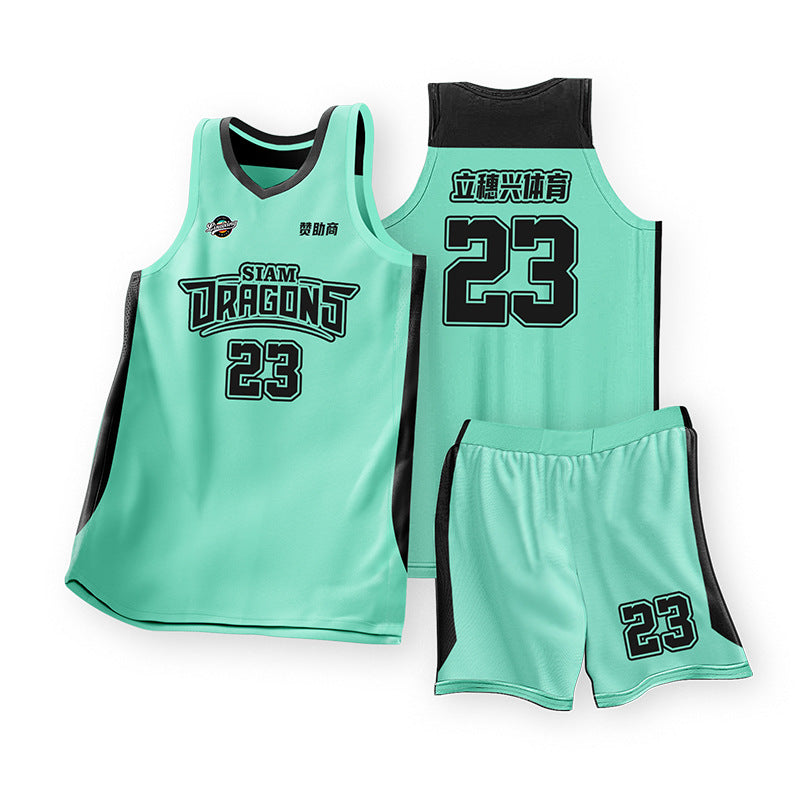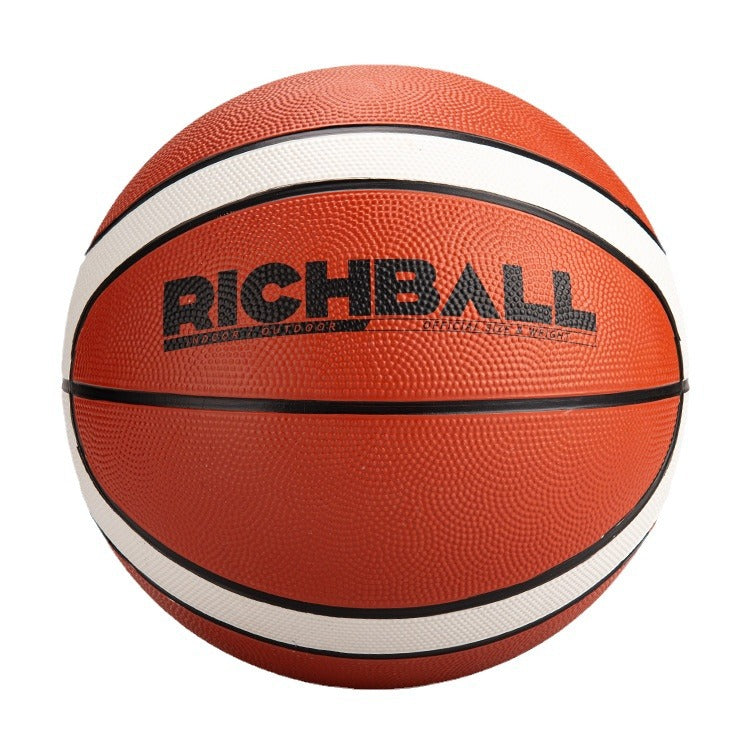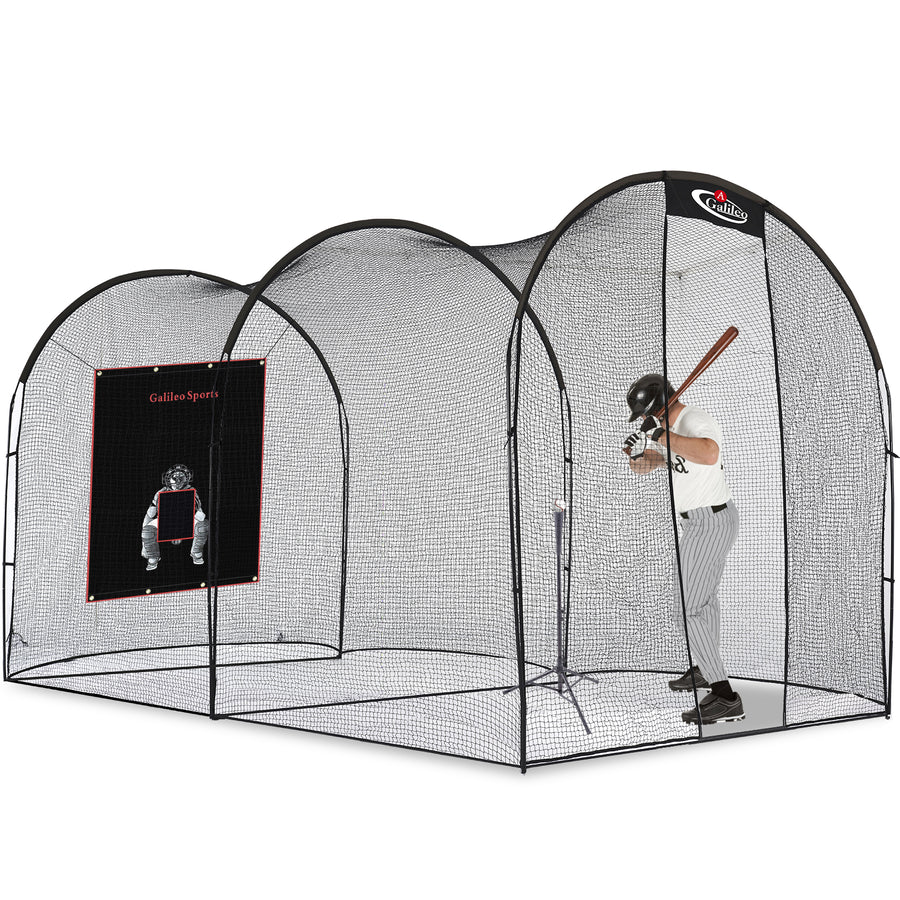Mastering Baseball Solo: Enjoy baseball time alone

Have you ever practiced baseball alone with no one to catch or pass the ball? Ten minutes of practice, five minutes of catching is not your normal, a dedicated Gagalileo baseball batting cage can solve all your troubles, let you enjoy a relaxed and happy baseball time!

Hey there, fellow baseball enthusiasts! Have you ever found yourself itching to practice but lacking a partner to catch and pass the ball with? Fear not, because solo practice can still be incredibly beneficial for improving your game. As an experienced baseball coach, I've seen firsthand how solo practice can sharpen skills and boost confidence, even without a partner in crime.
The Significance of Solo Practice in Baseball
Solo practice might not have the same dynamic as playing catch with a buddy, but it's still packed with perks. When you're practicing alone, you have the freedom to focus solely on your own technique and form. There's no pressure to perform for someone else, allowing you to experiment and fine-tune your skills at your own pace.
Improve your game alone
Empty bucket arm action

This is a warm-up stretch to help mobilize your shoulders, elbows, and wrists.
Action essentials: Stand with your feet shoulder-width apart, and imagine that there is a large empty bucket in front of you extending from your chest to your abdomen. Make a fist with both hands, thumbs up, under the outside of the barrel. Lift your hands up and turn your wrists to insert them into the imaginary bucket.
Note: It is required to raise the arms above the shoulders and then turn the wrists downward.
Towel swing practice

Many students use towels to practice passing movements. In fact, it can also assist our hitting training. The advantage is that you don’t have to worry about breaking things at home.
Action essentials: Stand parallel to the wall at an arm's length, and hold a towel at arm's length with your front hand. In preparation for the movement, hold the towel with your hands like a bat, and put the towel on your back shoulders. Then he turned around and swung the bat hard, pulling out the towel. Towels are not allowed to touch the wall.
Note: This action is mainly to consolidate the swing trajectory, experience the rotation of the body and cooperate with the lead hand to lower the bat, and always keep it inside the incoming ball.
Table tennis baseball practice

This action requires the help of a companion.
Action essentials: Kneel down, keep your body upright, place your gloved hand directly in front of your body, palm forward, fingers facing down and touching the ground. The partner throws the ball in front of the body. The moment the ball bounces after it hits the ground, your palm is like a table tennis racket, hitting the ball back to your partner.
Note: Keep your eyes on the ball and keep your fingers flexible. Note that there can be soft pads under the knees to avoid knee injuries. You can use any bouncy ball such as a baseball, tennis ball, or table tennis ball. Pay attention to the training venue and do not affect the downstairs.
Backhand rebound ball catching practice

Action essentials: Be ready to catch a ground ball, pass the ball, and let the baseball fall naturally in the middle of the legs. The glove hand immediately picks up the ball from the inside out as soon as it bounces.
Note: You cannot pick up the ball before it hits the ground, nor can you pick up the ball after it has bounced past your ankles. Pay attention to the timing of picking up the ball's bounce point. The glove hand should keep the wrist and fingers soft and elastic, not stiff. Pay attention to the training venue and do not affect the downstairs.
Throwing Direction Practice

This is a great drill for pitchers to develop body control and forward power. Just find a wall, bare hands, no baseball required.
Action essentials: Stand with your back to a parallel wall. Stay close to the wall but without any part of your body touching it, about half a foot away from the wall. Lift your leg normally to initiate the step-over pitching motion.
Note: No part of the body should touch the wall during the action, including the bowler's pickup of the ball, the lead hand's lift, and the turned shoulders and hips. This action will also correct the problem of excessive front foot opening and body sway, so that the force of the pitch is always controlled in the forward direction.
Developing Essential Skills Without a Partner
Solo practice is all about making the most of what you have. Without a partner, you might think you're limited in what you can work on, but that couldn't be further from the truth. Take hitting, for example. Set up a tee or use a hitting net to practice your swings with precision. For pitching, focus on your form and accuracy by aiming for specific targets or using a strike zone target.
Making Solo Practice Fun and Engaging
Let's face it: solo practice can sometimes feel a bit lonely. But it doesn't have to be boring! Inject some fun into your routine by setting up challenges and mini-games for yourself. Try to hit a certain number of targets in a row or see how many ground balls you can field cleanly in a minute. By gamifying your practice sessions, you'll stay engaged and motivated to keep improving.
Overcoming Challenges and Limitations
Practicing alone definitely has its challenges, but with a little creativity, you can overcome them all. Don't have access to a field? No problem! Set up a makeshift diamond in your backyard or find an open space at your local park. Limited equipment? Get crafty and improvise with household items like buckets or broomsticks. Remember, where there's a will, there's a way!
Testimonials and Success Stories
Still not convinced that solo practice can take your game to the next level? Let me share a personal anecdote with you. Back when I was a young player, I spent countless hours practicing alone in my backyard. Sure, it wasn't as glamorous as playing on a team, but those solo sessions were where I truly honed my skills and developed the confidence to compete at a higher level. Solo practice might not always be glamorous, but it's definitely effective.
Conclusion
Solo practice might not be as flashy as playing a full game with a team, but it's a crucial component of any baseball player's training regimen. Whether you're working on your swing, perfecting your pitch, or fine-tuning your fielding technique, solo practice offers a wealth of opportunities for improvement. So, the next time you find yourself without a partner, don't despair—embrace the opportunity to master your craft on your own terms.
Additional Resources
For more tips and tricks on mastering baseball solo, be sure to check out our website and subscribe to our newsletter. And remember, even when you're practicing alone, you're never truly alone—we're here to support you every step of the way!
0 commentaire

